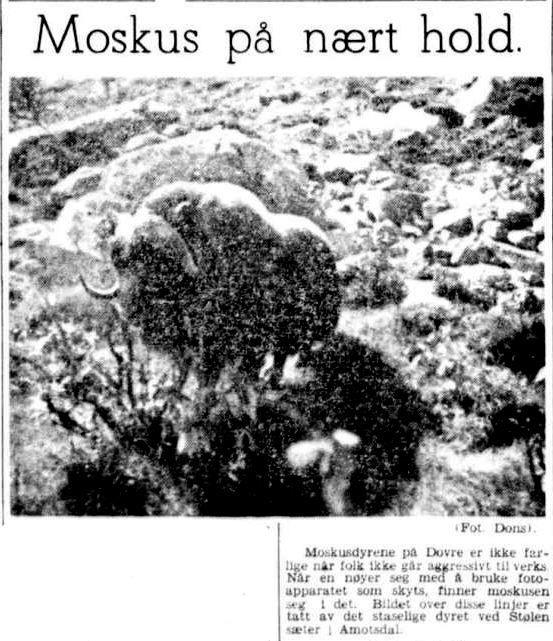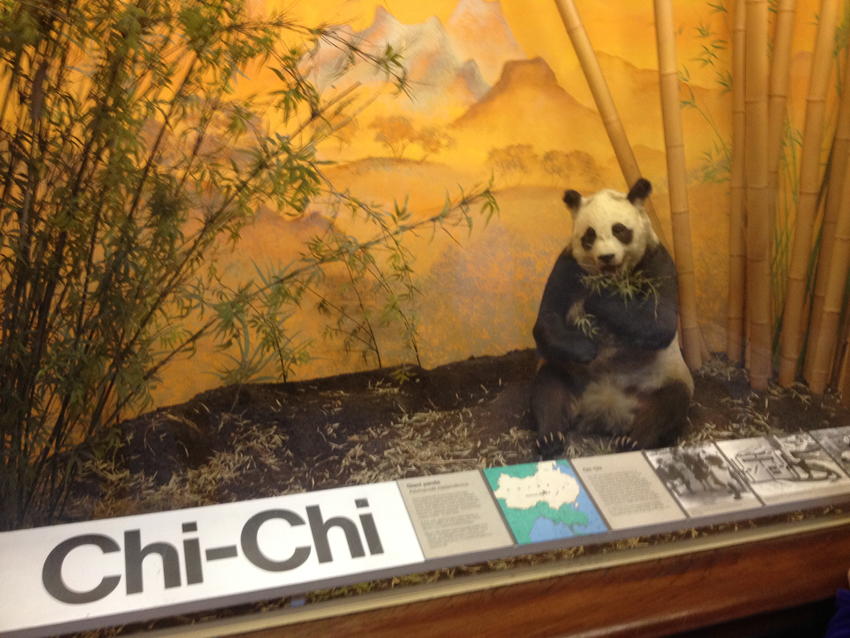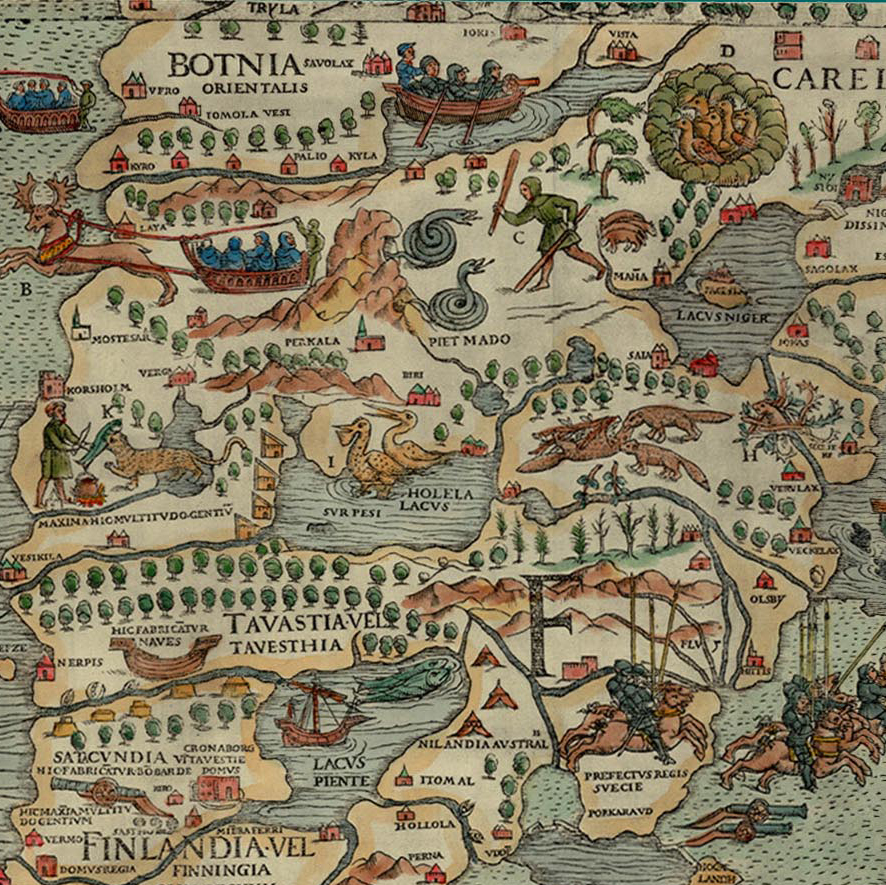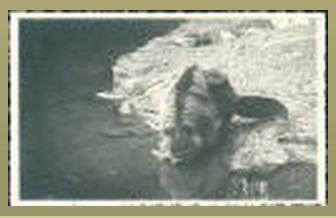
Opening the box
This week I’ve had the opportunity to talk about a new paper I’ve been working on for this project titled “Muskox in a box, and other tales of containers as mediators” twice under quite different circumstances. First, the written paper was pre-circulated and then discussed at the Animal Housing workshop in Oslo, Norway, where the participants were coming at their topics mainly from animal studies or science & technology perspectives (although other approaches including architecture history and political science were represented). Then, I gave an oral version of the paper at the Northern Nations, Northern Natures workshop in Stockholm, Sweden to a group of environmental historians, cultural geographers, and literary scholars. These were great opportunities for feedback and comments from the participants will shape my work on it in the future.
In this paper, I focus on the container–the box–used to transport animals in translocation projects. I rely on a distinction Bruno Latour in Reassembling the Social: An Introduction to Actor-Network-Theory (2005) makes between intermediaries, which transport meaning without transforming contents, and mediators which “transform, translate, distort, and modify the meaning or the elements they are supposed to carry”. More than just tools for moving the animals safely, the relocation containers serve as mediators by transforming their contents.
I told three stories in my talk: “Muskox in a box”, “Boxed in beavers”, and “Flying muskox”. In each of these historical cases, the container—the box which takes the animal from its prior home to its new one—is more than a physical transport method. The animal’s value is different before and after it enters the box because of how its value is dictated by the place in which it lives. Whether the change is from wild to semi-domestic or vice versa or a hybrid of both, the animal’s belongingness at its release site comes by way of its containerisation.
In this post, I won’t go over everything that I talked about, but I’ll give a short overview of the second of my tales, which looked at the first beaver reintroduction in Sweden in 1922.
The beavers were transported in a wooden box from Åmli, Norway, to Skansen in Stockholm in the fall of 1921 and then out into the Swedish countryside in July 1922 in the same box. The box stands in for the beavers in the documentation of the journey. Nils Thomasson, a professional photographer who accompanied the trip from Stromsund to the release point, almost exclusively took pictures of the beaver box rather than the beavers themselves. The box had to stand in for the beavers, because as Festin noted, “For 3 ½ days, the beavers had stayed in their crate.”
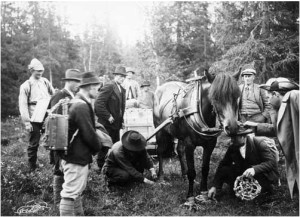
During their days within the box, the beavers were transformed into domesticated wards. Sven Arbman, a zoologist who was in charge of the beaver’s welfare during the trip from Skansen, recorded how the beaver pair had to be temporarily removed from the box so it could be cleaned after the first overnight train. When the lid was lifted, pair huddled together and whimpered like small children, but they did not try to bite. During the journey, Arbman describes the beavers as docile children; they were not the “wild animals” he had been warned about that would bite people who came too near. The crate transformed the contents from wild to domestic, albeit temporarily.
When the beavers finally were released, and returned to their wild state rather than the domestic childlike state as they were in the crate, they were also transformed from Norwegian beavers into Swedish ones. At that moment in which the beavers were “lifted gently out of the box and set on the shore” they were “reincorporated into the Swedish fauna” (Arbman 1922). The box served to transform the beaver from outsider to insider in the Swedish landscape. To bring beavers back to Sweden was nothing short of a revolution according to Arbman:
We celebrate the solemn moment at 3.30 am when the beaver was reincorporated into the Swedish fauna, when we got to feel with our hands the revolution in which we participate, the prank which seems to turn everything upside down, the “order of nature”, the “march of progress” and all that it entails…
The box, as a tool in the hand of humans, had reordered the relationship between people and nature through its ability to reintegrate a missing biological component into the Swedish countryside. It was truly transformative.
As an explanatory tool, I think the concept of box as mediator offers insights into how the beaver was transformed through the relocation process. This kind of application of a Science & Technology Studies concept to my environmental history follows nicely on the work I’ve been doing marrying the two fields, most notably in my co-edited volume New Natures (2013). I’m not an advocate of having a pre-determined theory and then finding evidence to back it up, but I do think environmental historians might turn more often to theoretical concepts to make sense of the histories that we see before us. Concepts like mediators can potentially offer modes of understanding and explaining why things happened the way they did.
